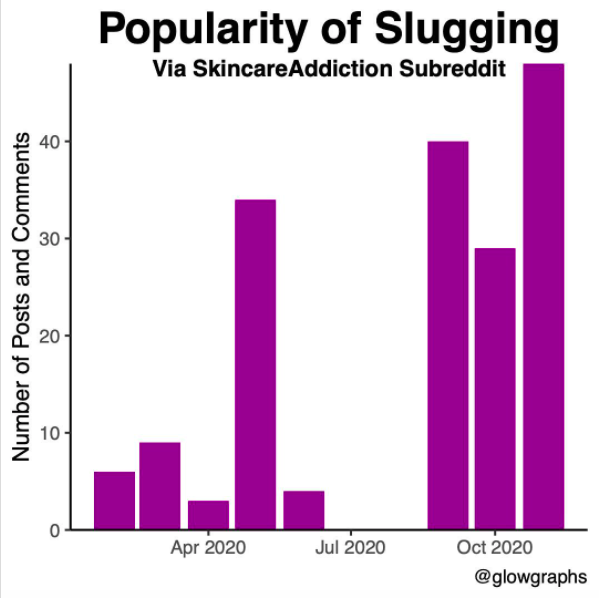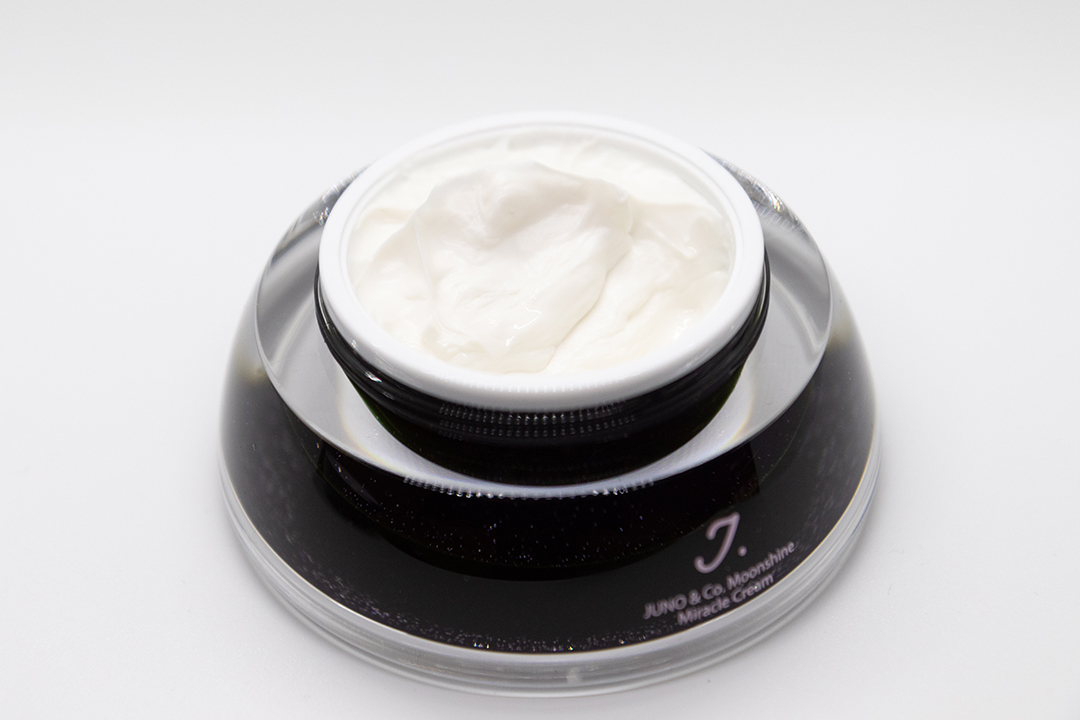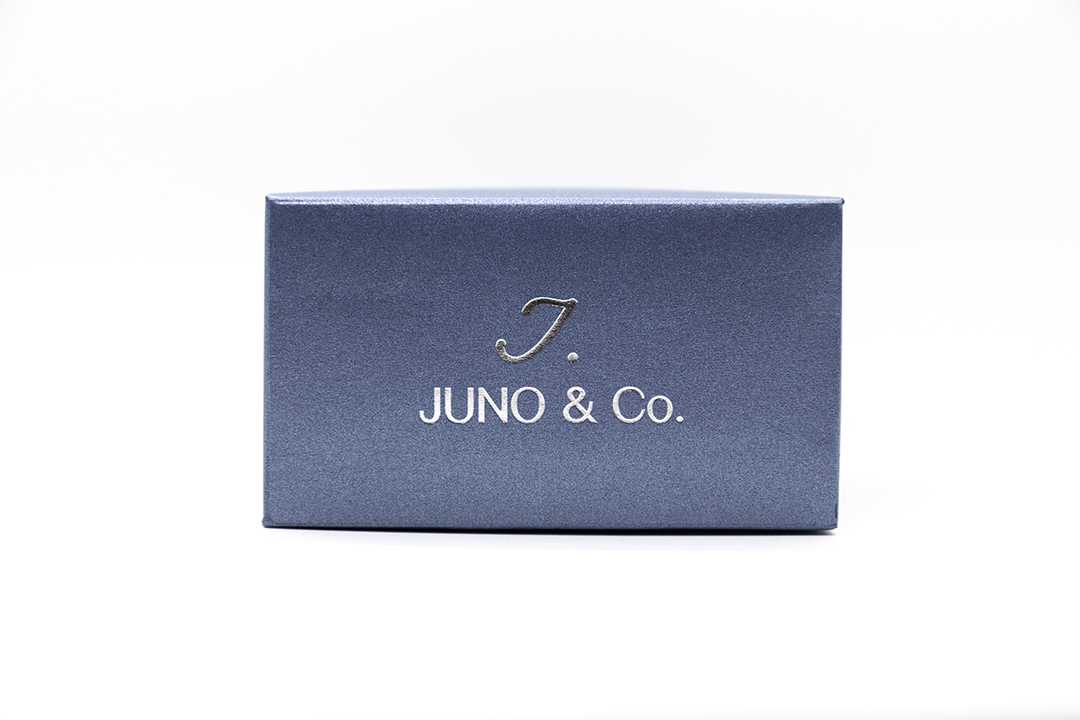When it comes to visibly improving the texture and appearance of your skin while preventing signs of aging, prescription retinoids are unmatched. Unfortunately, many people have a hard time using them consistently because of the side effects that often accompany retinoid use. Keep reading for my expert tips on how to adjust your skincare routine to keep your skin comfortable while getting amazing results from your prescription retinoid!
What Exactly is a Prescription Retinoid, and Who Needs One?
First up, a little refresher course! Retinoids are a class of ingredients derived from vitamin A and are great for targeting pigmentation, texture concerns, clogged pores, fine lines, and wrinkles. They also help build up collagen within the skin.
In order for your skin to be able to use any type of vitamin A product, it has to convert it into retinoic acid. The reason prescription retinoids are so much stronger than over-the-counter retinol products is that they’re already in the form of retinoic acid. This means they’re completely bioavailable to your skin and can immediately get to work without needing to be converted.
Who Should Use a Prescription Retinoid?
While they’re undoubtedly very effective, prescription retinoids are no joke and won’t be suitable for everyone. (You’ll want to talk with your dermatologist to see if you’re an ideal candidate.) In my experience, I believe they’re best suited for those who have one or more of the following:
- Acne scarring (post-breakouts marks as well as indents from severe cystic acne)
- Clogged pores (closed comedones)
- Enlarged pores
- Sun damage (pigmentation)
- Fine lines and wrinkles
If you’re in your mid to late-twenties and are looking strictly for preventative aging benefits, I recommend using an over-the-counter retinol. Learn more about how to know whether you should be using a prescription retinoid or non-prescription retinol in my beginner’s guide to retinol and retinoids.
Why Should You Rethink Your Routine When Using a Prescription Retinoid?
So why does starting a prescription retinoid mean you need to reconsider the rest of your skincare routine?
Well, it’s important to remember that a prescription retinoid isn’t just another skincare product—it’s a medication prescribed by a doctor. It’s designed to have a drastic impact on how your skin behaves. While this is what makes it such an effective product, it can also mean unwanted side effects like dryness, flaking, irritation, and sensitivity for a lot of people (especially during the first four to six weeks).
The nature of a prescription retinoid is that it will compromise your skin’s moisture barrier and cause irritation. This makes it harder for your skin to hold onto moisture, which is the underlying catalyst for all those nasty side effects. Unfortunately, that’s just the way it is, and for some people, these side effects never completely go away. This is why it’s important to adjust your routine—you need to compensate and make sure it’s getting what it needs to keep the irritation tolerable.
How to Adjust Your Routine
When incorporating a prescription retinoid into your routine, I believe it’s best to be used at night after you’ve cleansed and toned your skin. How often you use your retinoid will depend on your skin type and specific needs. This is definitely something you should discuss with your prescribing doctor. With that said, most doctors will want you to work your way up to consistently using your prescription at least three nights a week (I personally never think people should use it more than five nights a week. Your skin requires a variety of active ingredients to keep it well-rounded, not just one focus).
Even though how you use your retinoid (and your skincare routine in general) is very personal, there are a few guidelines everyone can follow to make using a prescription retinoid more manageable. The main goal should be to use gentle, comforting products that help your skin retain its moisture.
Here are my tips for adjusting your routine to accommodate the consistent (and successful) use of a prescription retinoid.
Cleansing
The main lesson when it comes to selecting a cleanser? Use something gentle. You never want to use a cleanser that strips the skin of hydration, but this becomes extra important when your routine includes a prescription retinoid. Look for a cleanser that doesn’t contain any of these:
- Sulfates (these are used in foaming products to create a lather and will dry out the skin)
- Highly Fragranced Products
- Solvent alcohols (denatured or SD alcohol 40)
If your skin is oily or acne-prone, you can use a sulfate-free gel cleanser whereas if your skin is normal or dry, and anti-aging is your main concern, you can use a comforting lotion cleanser. Either way, look for a cleanser that includes moisture-binding ingredients such as glycerin to support your skin’s natural moisture barrier.
Lastly, don’t use a sonic cleansing brush. I don’t ever recommend to a client that they use one of these on a daily basis, but if you’re using a prescription retinoid, my opinion is that the skin is in far too delicate a state to handle that kind of scrubbing every time you cleanse your face.
Toning
I think toners are essential and can be a great way to infuse hydration into the skin, but you have to make sure you’re using the right kind. Here are some guidelines for using a toner when you’re on a prescription retinoid.
- Make sure your toner is alcohol-free. Traditional astringent toners usually include drying alcohols that are sure to leave your skin feeling tight and cracked. The last thing you want!
- Don’t use a toner that contains exfoliating acids. Yes, you still need to exfoliate if you use a prescription retinoid, but applying acids to your skin every day in toner form may be too much to handle. Learn more about why I’m not a fan of liquid acid toners.
Should I Apply My Retinoid On Damp Skin?
Normally I recommend applying serums on your skin while it’s still damp from toner, but with a prescription retinoid, it gets a little trickier. Skin is up to ten times more permeable when damp and while this can sometimes work in your favor, it may also increase your chances of irritation when it comes to a retinoid.
What I recommend is applying your toner, waiting a few minutes for it to dry down, then applying your retinoid.
Serums
As a general rule, I’m not a fan of people using serums at the same time as their prescription retinoids. You want your retinoid to be the star of the show, so it’s best to save your other serums for “off” nights when you’re not using it. Learn why I prefer using serums in rotation instead of mixing them together. With that said, here are a few things to keep in mind.
Vitamin C Serums
All experts agree that using a stable vitamin C serum is a non-negotiable part of any good morning skincare routine! Not only does it offer great collagen-building benefits that will complement your retinoid, but it also protects against harmful free radicals and UV damage.
Here’s the catch, though. A lot of vitamin C serums use pure ascorbic or L-ascorbic acid, both of which are highly acidic. Using a product every single morning that lowers the pH of your skin isn’t ideal when you’re using a prescription retinoid since both of these things can compromise your skin’s barrier. Instead, I recommend using a stable, no-sting form of vitamin C and saving your acids for exfoliation. (Here are five more things to look for in a vitamin C serum if you use retinoids).
Moisturizer
Because prescription retinoids compromise your skin’s barrier and make it harder for you to retain moisture, I recommend that most people kick their moisturizer up a notch. This doesn’t mean everyone should switch to a super-rich cream, especially if they’re acne-prone. Just go up a level from what you were using before. For example, if you were using a gel, move up to a lotion. If you were using a lotion, move up to a light cream. You don’t want to overdo it, but using something a little thicker will help your skin hang on to moisture. As for moisturizing with a retinoid (especially as you start out), it’s beneficial to apply a lightweight moisturizer over your retinoid to buffer it.
How Soon After Applying My Retinoid Should I Apply Moisturizer?
When you’re first starting out, you can apply your moisturizer right after applying your prescription to help mitigate some of the side effects. Then, slowly work your way up to leaving your prescription retinoid on the skin for up to twenty minutes before applying moisturizer. This will help you get the full effect.
Exfoliation
Whether you exfoliate more or less while on a prescription retinoid depends on what you were doing before, but gentle exfoliation is key for managing the surface dryness that accompanies retinoid use. Prescription retinoids work within the skin to increase the rate of cell turnover. This means that retinoids encourage skin cells to rise to the surface at a faster rate. Once these cells reach the surface (and the end of their life cycle), they dry out and need to be dissolved away. This is where exfoliation comes in.
I recommend using an alcohol-free exfoliating acid serum once or twice a week (not on the prescription retinoid night), depending on what your skin can handle. You may be able to handle more exfoliation the longer you use your retinoid.
Can I Use an Acid Peel if I Use a Prescription Retinoid?
I would stay away from this at the beginning, but once your skin has adjusted, you can use an at-home peel like my Triple Berry Smoothing Peel up to once a week. Just use it in place of your exfoliating serum one night. You may be able to use it some weeks and not others depending on a number of factors. The idea here is that your skin needs protective cells to help retain moisture in the skin and if you’re over-exfoliating combined with the use of a retinoid, your skin can experience more dryness. For example, due to the drier air in winter, your skin might become more dry and sensitive, in which case you’ll want to scale back and baby it a bit more. Again, listen to your skin and know that its needs aren’t always the same.
If you’re getting a professional chemical peel, talk with your provider. I know most estheticians will recommend you stop using your prescription for a week before and after your peel.
Use a Physical Scrub
This one surprises a lot of people, but I highly recommend the use of gentle, physical scrubs (you can read why here). In short, your acid exfoliants will dissolve the bonds that are keeping dry, dead cells attached to the surface of the skin, and then a facial scrub will actually lift those cells away for a smooth, fresh canvas. Using a chemical and physical scrub is one of the best ways to manage the dryness that can accompany retinoid use and will actually make your prescription more effective since it won’t have to penetrate through layers of dead skin. However, don’t use a scrub and an acid exfoliant on the same day. Again, we don’t want your skin to get too much exfoliation.
Sunscreen
Always, always use sunscreen during the day and be sure to apply it generously. This is a cornerstone of any good skincare routine but is so important when you’re using a prescription retinoid since it puts the skin in a vulnerable state.
A Note on Using Retinoids for Acne
As I said, the general rule when using a prescription retinoid is to look for skincare products that are gentle, comforting, and will help you retain moisture. This is fairly easy to do if your skin is more mature and you are using retinoids to address visible signs of aging. Most products made for these skin types are already very rich and deeply moisturizing. If you’re using retinoids for clogged pores and breakouts, on the other hand, it gets trickier.
A lot of acne-fighting products or ingredients, such as benzoyl peroxide, tend to be harsh and strip the skin of moisture. The reality is, they may simply not pair well with your retinoid. You need to look for something that will still give you an antibacterial action without stripping the skin. I love Rapid Response Detox Masque for this very purpose; it gives antimicrobial benefits while simultaneously soothing and hydrating stressed skin.
Typically, when a teenager has acne, the first stop is a dermatologist where they’re likely to get a bunch of prescriptions. The problem arises when they’re not told how to use them properly or are simply using too many strong ingredients at once and can’t live with the side effects. That’s usually when they end up seeing an esthetician like me. I was always the second stop for teenage acne treatments and have a lot of experience working with people who were using prescriptions, only to find their skin got too irritated and inflamed. This is why it’s so important to do two things: make your skincare routine more accommodating and take it slow when introducing prescriptions. Don’t overuse them! I always recommend people ask their doctor or dermatologist about proper use as well as a plan should the side effects of a topical medication become unbearable.
If You Keep Struggling With Side Effects, You May Need to Adjust How You Use Your Prescription
If the side effects of a prescription retinoid aren’t manageable, does this always mean you don’t have the right skincare routine? Not necessarily. Side effects may never totally subside for everyone, and at a certain point, skincare products to help prevent that can only do so much. Some people will have to accept always managing a certain level of surface dryness or sensitivity. This is more likely to occur if you have very fair skin since it already tends to be thin and sensitive.
It’s normal for most people to experience side effects like irritation and flaking for the first four to six weeks (there’s really no way around this, but you can manage it). But if you’ve adjusted your routine and the side effects are still too much after this initial period, you might need to do a reset. Start by laying off your prescription for a week and let the skin recover. Then, in my experience, the best move is to start again very slowly. Use your prescription just once a week until you can tolerate it, and slowly move up to more. Remember, it’s always good to check with your doctor so they can help you make adjustments specific to your situation! Read more tips for fixing dry, flaky skin caused by harsh acne treatments.
Pro tip: It takes about 48 hours after applying a retinoid product for your skin to show dryness. So for example, you could apply your prescription retinoid on a Monday night, have a little tightness the following day, then start experiencing dryness and flakiness on Wednesday. You can keep this in mind and time your retinoid use when you don’t have any special events coming up.
So there you have it! I know this is a complicated topic, but I hope this post gives you some guidance and that you can incorporate some of my tips into your routine. Remember, at the end of the day, you have to be patient and be prepared for the side effects but the goal is to find what works for YOU so that you can use your prescription retinoid consistently (not to be confused with frequently). I know it can be a lot of effort, but if you stick with it, I promise you’ll get a huge return on investment!
The post How to Adjust Your Skincare Routine When Using a Prescription Retinoid appeared first on Expert Skin Advice from Renee Rouleau.
How to Adjust Your Skincare Routine When Using a Prescription Retinoid Read More








